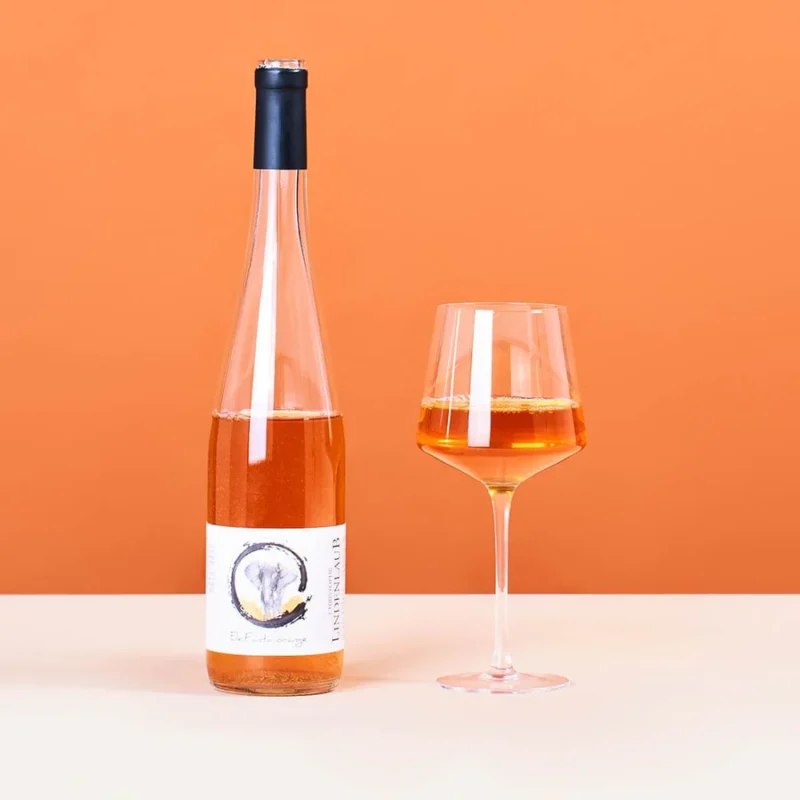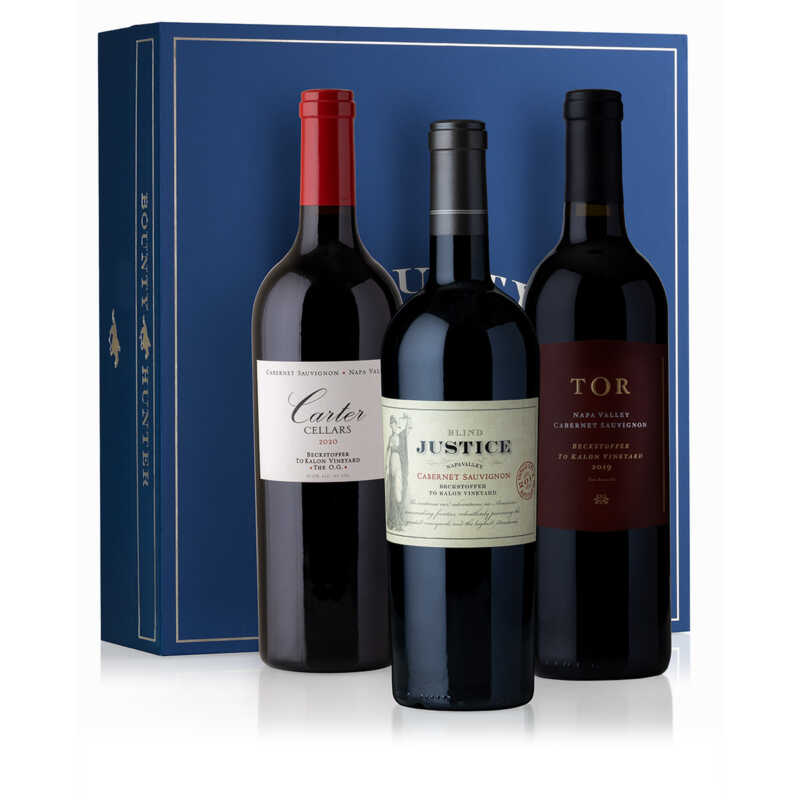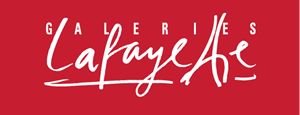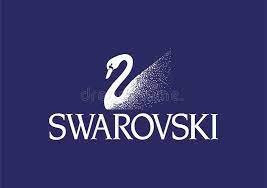Wine at the court of the kings of France in the 16th and 17th centuries
Wine is an essential element for understand French cuisine and gastronomic culture. complied dietary, hygienic and curative functions for centuries. It was not considered a mere drink but a real food that was nutritious, healthy and invigorating.
Wine It was recommended to everyone, because it corrected the negative effects of certain foods (such as vegetables and fruits, especially pears, peaches and melons, as well as, in generally, foods considered «cold and humid»), favored the digestion,1 developed heat, produced blood, helped to expel bad humors through sweat and urine.
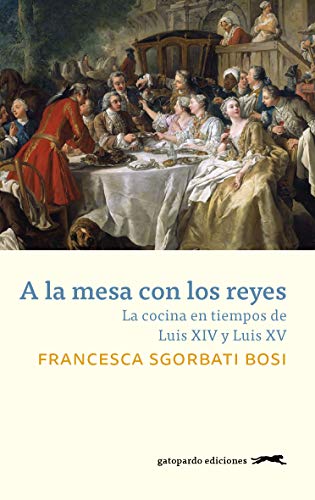
Why was it recommended to drink wine in the 17th century?
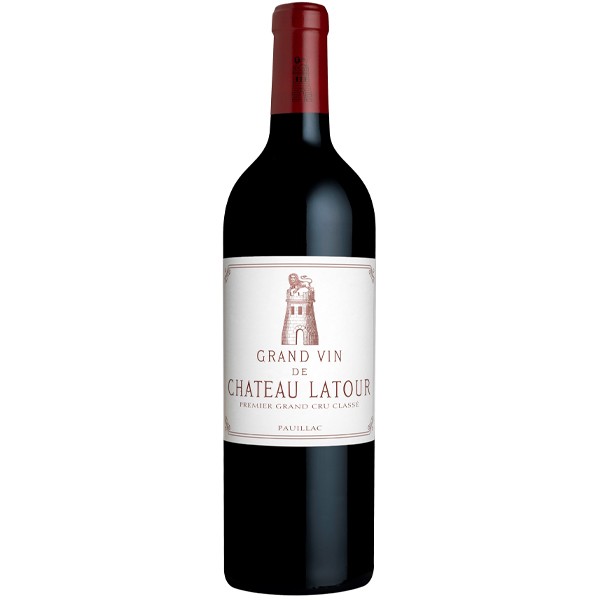
Drinking wine was recommended to those who did heavy work and was used as a remedy perhaps flavored with spices and sugar added, for the sick, the old and, in general, for people of weak constitution or who had suffered from debilitating diseases.
Wine, especially red wine, was synonymous with life, health, of good blood, of virility, and everyone drank it profusely, especially in the cities, which absorbed most of the production, given that a French urban dweller consumed an average of between one hundred and one hundred and twenty liters of wine per year.
Who consumed wine in 17th century France?
This consumption was male, above all, because in France (like than in Italy and Spain, for the rest) women were strongly discouraged from drinking wine, since this drink-food, so closely related to licentious life and eroticism, was irreconcilable with the sobriety and self-control of which a woman, Virgin or betrothed, she always had to show off.
There was no shortage of Bacchic societies, made up of wine lovers, which in some cases (such as that of the Ordre illustre des chevaliers de Méduse, founded before 1693 and still in existence) adopted precise regulations that did not exclude charitable and charitable activities.
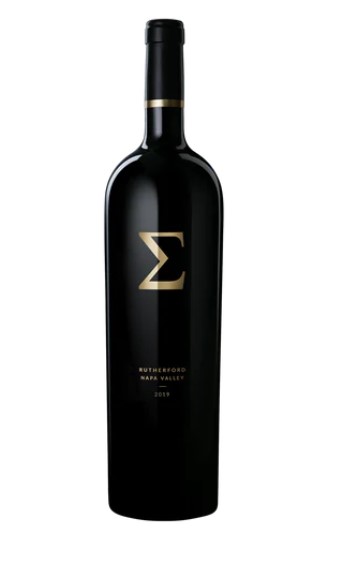
Why was wine diluted in water drunk?
It will surprise you that wine was generally drunk only in the meals, and mixed with water (hot or cold, depending on tastes and seasons of the year) for two reasons: to limit the consumption of this prized drink and remain soberly cheerful.
Only pure wine was used when eating melon and peaches, to correct the defects that the medicine of the time attributed to these fruits. The only ones that were not diluted with water were the fortified wines from Spain or Greece, considered digestive and served in small glasses.
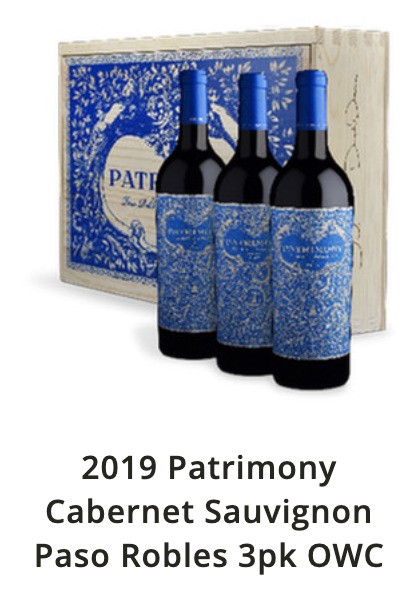
Saint-Simon tells us the case of the Grand Prior of the Knights of Malta in Paris, Philippe de Vendôme, who since 1681 until 1720 he held rich banquets in the Temple palace in company of his brother, a famous general, of his mayor, of abbot Chaulieu and a circle of playboys.
Rivers of burgundy, champagne, and brandy flowed at his table, since the prior never went to bed unless he was so drunk as to have to be carried by his servants. Perhaps that was why his face, handsome in his youth, had faded prematurely and his graceful, slender figure was only a distant memory.
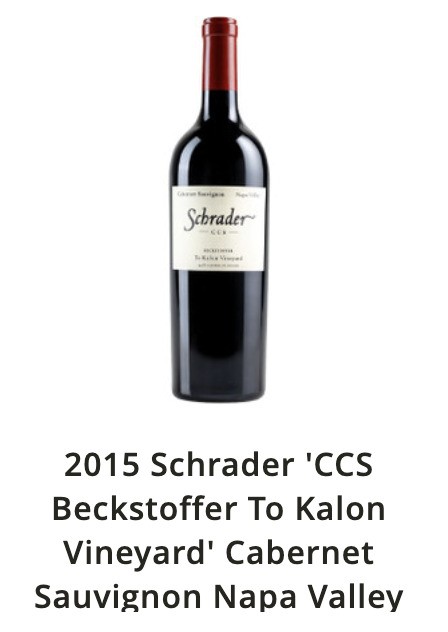
Ninon de Lenclos, who was certainly an open-minded woman, did not appreciate him and refused his constant invitations. Naturally, Saint-Simon judged him in his Memoirs “insolent, lazy, cowardly, a liar, a swindler, a scoundrel, a thief, dishonest to the core, a flatterer, petty, interested, ready to do anything to win a shield, the worst libertine in the world.” world, the most vile, miserable and at the same time the most dangerous creature on the planet.
What wines were drunk in the France of Louis XV?
The boisson, or the piquette (Île-de-France), also known as breuvage (south-west), or arrièrevin (Bordeaux), or beuvande (Lyon area): it was obtained by pouring the same amount of water that remained at the bottom of the barrel into the pomace that freshly bottled wine, leaving it to ferment for three days, adding berries or aromatic herbs where appropriate.
It was cheap, it kept for a few months, it could be diluted with more water as it was consumed and the fermentation purified the water, a not insignificant beneficial effect at a time when wells, fountains, rivers and lakes were heavily contaminated with waste of all kinds. , responsible for the terrible epidemics of dysentery (called fluxes) and typhoid fevers (known as malignant fevers or putrid fevers), which developed mainly between late summer and early autumn.
France produced and exported wine. Even in regions where the The cultivation of the vine had disappeared for climatic reasons (in the 18th century).
XVII there was a small ice age), the supply came by sea and by land from the producing regions.
From the Middle Ages to the 17th century, the preferred wine was to white or clairet (we would say pink), characterized by a strong acidity, easily perishable, with few tannins and low
alcohol content. For the doctors it was an adequate conciliation between the cold and watery nature of white wines and the hot and dry of red wines.
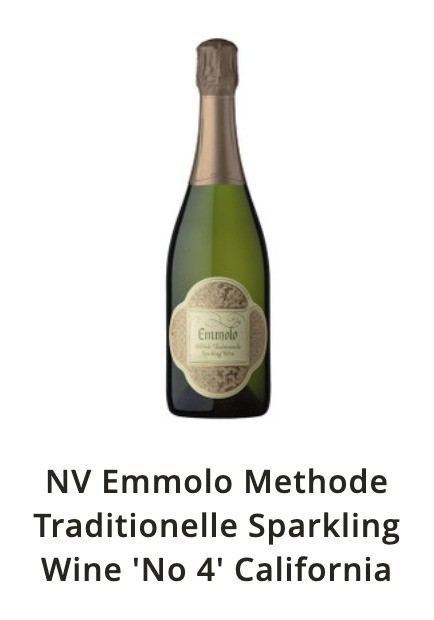
Quality and profitability of wine in 17th century France?
For the winegrowers, it was an appropriate compromise between quality and profitability: to minimize climatic risks, they planted different vines with different maturation times and harvested early, picking ripe bunches and not yet ripe bunches, which gave the wine an acidic taste.
As they only had small warehouses where large quantities could not be stored, they soon launched it on the market. The average quality was therefore quite mediocre.
Where was wine consumed in the 17th century?
The cities absorbed most of the wine that was not exported, and, since the servants also had the right to wine, in the cellars there was wine of higher quality for the masters, and of lesser quality for theservitude.
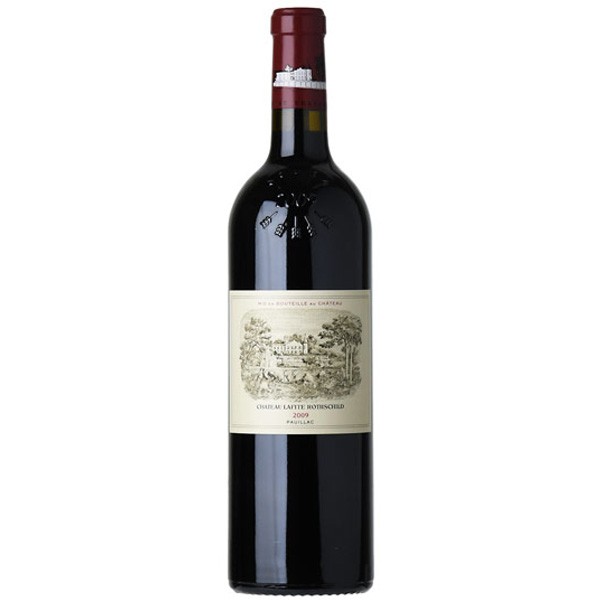
In the 17th century, thanks to the clairvoyance of a president of the Parliament of Bordeaux, Monsieur Arnaud de Pontac, he was born without However, the first grand cru wine (in the modern sense of the term),appreciated in England since 1660: it is the Haut-Brion of the Graves area (southeast of Bordeaux), which Samuel Pepys drank and appreciated to such an extent that he recorded it in his diary on April 10, 1663. Such was the fame of this wine that the philosopher John Locke went to visit the area in May from 1677.
Red Wine in the France of Louis XIV
Red wine, until then considered heavy and therefore suitable only for farmers, was increasingly appreciated on refined tables. Thanks to the English, other Bordeaux red wines and reds from the Côte de Nuits (Burgundy) will also become famous, and the Côtes du Rhône wines will regain their lost celebrity.
At the end of the reign of Louis XIV, Château Haut-Brion, Château Margaux, Château Lafite, Château Latour, Châteauneuf-du-Pape, Graves and Médoc clarets could not be missing from the most refined tables of the English aristocrats. The Versailles court, on the other hand, continued to favor champagne and Burgundy wine, drunk by Louis XIV for health reasons.
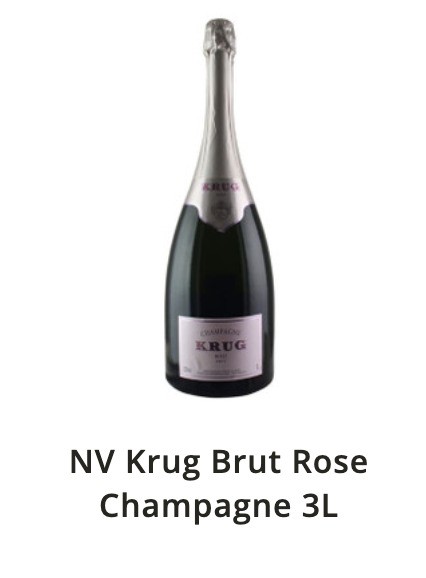
Where did late harvest wines appear for the first time?
In the Grand Siècle, the winegrowers of the Dordogne valley, in the around Monbazillac, harvested late to obtain a sweet, velvety and liqueur wine that was very pleasing to the rich Dutch and that allowed its merchants to increase the alcohol content of the wines they traded in the north of Europe.
Starting in 1666, late harvests were also used in Sauternes region. It was thanks to the Dutch, therefore, for so today we can try these delicacies. And so we come to one of the French national glories: champagne. The wines of the Marne valley or vin d’Ay were already known since the 16th century: those called “from the river” were mainly white and more appreciated; those known as “from the mountain” were reds and as reputed as mediocre. The characteristic of the terroir was that its wines were subject to a second fermentation, to the point of being called “lance-bouchon”.
How was Champagne made for the first time?
In the 17th century, an influential family of ministers, the Brûlarts of Sillery, owners of “mountain” vineyards near Reims, managed to make their wines fashionable among the aristocracy, while a famous exile, Saint-Évremond, made them known In England.
As much as in the collective imagination the birth of this nectar is associated with the locker of the Benedictine abbey of Hautvillers, Dom Pierre Pérignon (1639-1715), the development of the method for making champagne “sparkling” is the result of collective experiments, which also continued in the following century. Still, it’s undeniable that the religious oenologist contributed to improving, since 1668, the method of Champenois vinification.
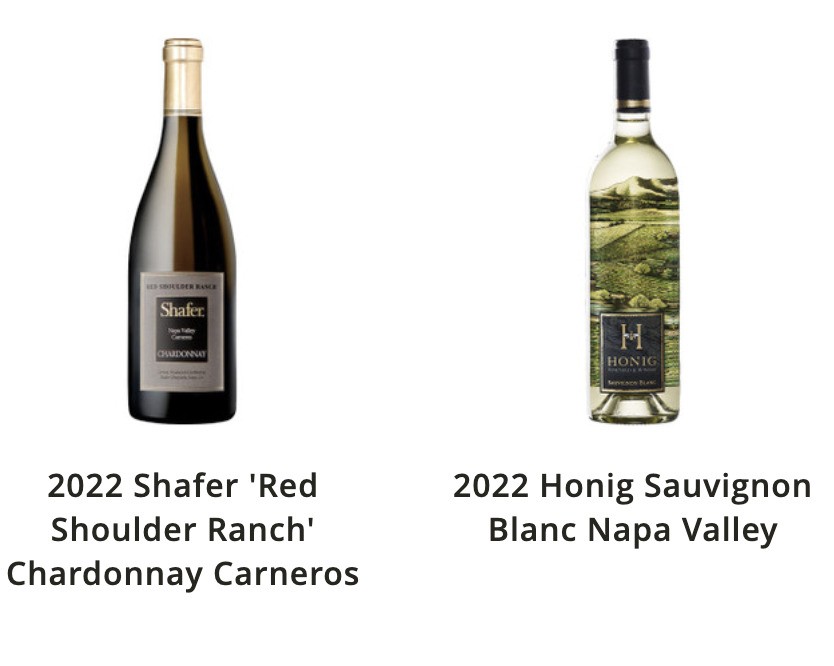
What grapes did they use to obtain Champagne in the 16th century?
To obtain a perfectly crisp wine, he used only pinot noir grapes (white grapes turned the wine yellowish), picked only first thing in the morning, before the sun got too hot, and only if they were perfectly ripe.
After testing the quality of the grapes harvested in various plots, proceeded to their coupling, then the grapes were quickly stepped on, and its juice, separated from the skins, was introduced into the barrels to ferment slowly.
Samsung Store: Galaxy Z Fold4
What was the collage used in the elaboration of champagne?
Thanks to the collage (using egg white) it caused the precipitation of the impurities suspended in the wine; thanks to the soutirage (filtering), the slags, the materials used for the collage and the microorganisms responsible for unpleasant alterations were eliminated, allowing, however, the wine to retain the property of form foam. Bottled in mid-March, the wine is still contained residual sugars that evolved carbon dioxide and they made the caps pop and even burst the bottles, so they it would lose up to a third of the production. Or could it be verified? opposite problem: the wine did not reach its effervescent state, so so it dropped in price.
As proof that the French viticulturists were not yet perfectly mastering this delicate aspect of Champagne wines, we have a purchase order from the Maréchal de Montesquieu: writing in 1711 to his agent in Épernay, Bertin, the Maréchal strongly insisted that the wine be foamy (mousseux).
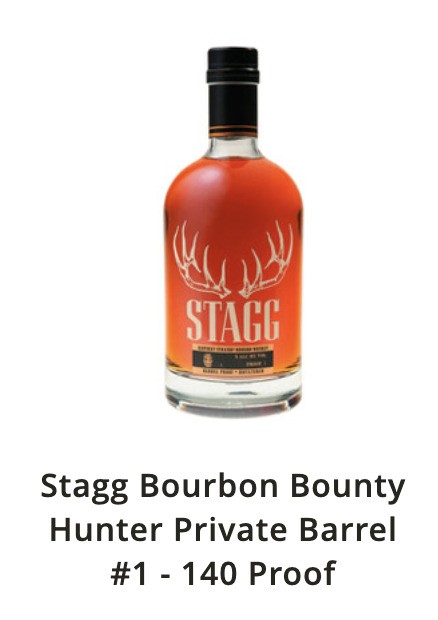
Did the English invent Champagne?
A version, almost diametrically opposed and little known, that attributes to the English the key passages thanks to which champagne was reached as we know it today. It deserves us to dwell on it, both for the extensive historical documentation on which it is based, and for the prestige of the scholars who support it.
In the 17th century, Europe was affected by the effects of a small ice age, and the northern countries stopped producing
came. As a consequence, English, German and Dutch went to buy them from France and Portugal much more than in the past. nLike other wines, champagne also arrived in England in barrels in autumn, that is, when fermentation was still in progress.
Do the English like champagne sweet?
But the English liked champagne sweet, so merchants added brown sugar when bottling it. The addition of sugar increased the alcohol content, prolonged fermentation, and made the wine much more effervescent, so that when it was uncorked, it came out of the bottle with a good spray of foam that many of the drinkers on the other side of the world liked. Channel.
In short, champagne with such treatment became the fashionable wine among wealthy Englishmen, as witnessed by the comedies of Etherege (The man of mode, 1676) and Farquhar (Love and a botlle, 1698). It took some time for the distrustful French to learn from the English that the addition of sugar could guarantee the desired effervescence of Champagne wine. They took advantage of it to the point that the widow Clicquot, in 1839, came to add no less than 160 grams per liter.
Many Bottles for Champagne
Bottling at the vintage site required many bottles, and glassmaking required a lot of wood. a remarkable problem in England, where there were few forests left and those few they were to be used only for military purposes, for the Navy.
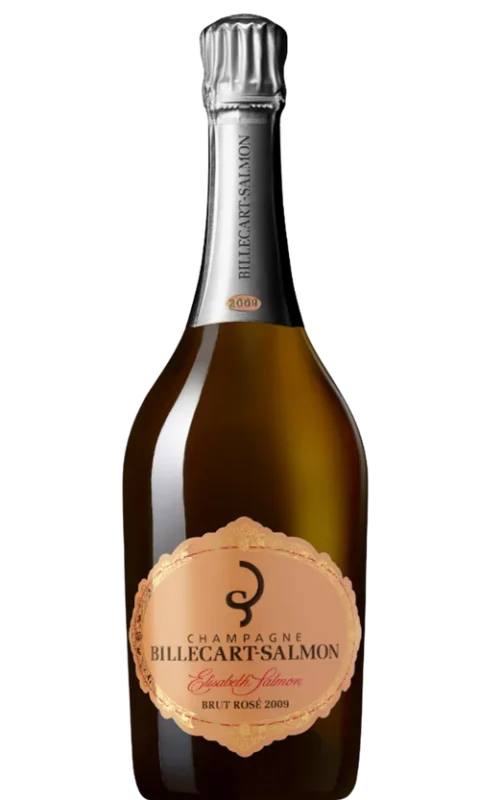
Robert Mansell, in 1623, obtained from the king the monopoly of the manufacture of glass in the region of Newcastle taking advantage of the coal, with which he he could reach very high temperatures and obtain a crystal more resistant. Thanks to improvements in production techniques developed by Sir Walter Digby, the English began to manufacture bottles that had three great virtues: they were made of glass dark (which protected the wine from light), had a greater thickness (which made them more resistant and more easily transportable) and, therefore, Last, they had a cylindrical body, which allowed them to be kept in horizontal position, making better use of the space in the cellars.
Because champagne bottles are stored tilted!
Keeping the bottles tilted required airtight stoppers. Until the 17th century, wooden stoppers wrapped in hemp or oiled linen were used everywhere for sparkling wines. For the other wines, blocks made of straw were used, pressed dried herbs or glass stoppers glued with a glue. Since the wooden stoppers were unreliable if the wine was particularly effervescent, as in the case of champagne, the English began to use Portuguese cork, tying the stoppers with a little string tied around the neck of the bottle (fittingly widened by a glass ring).
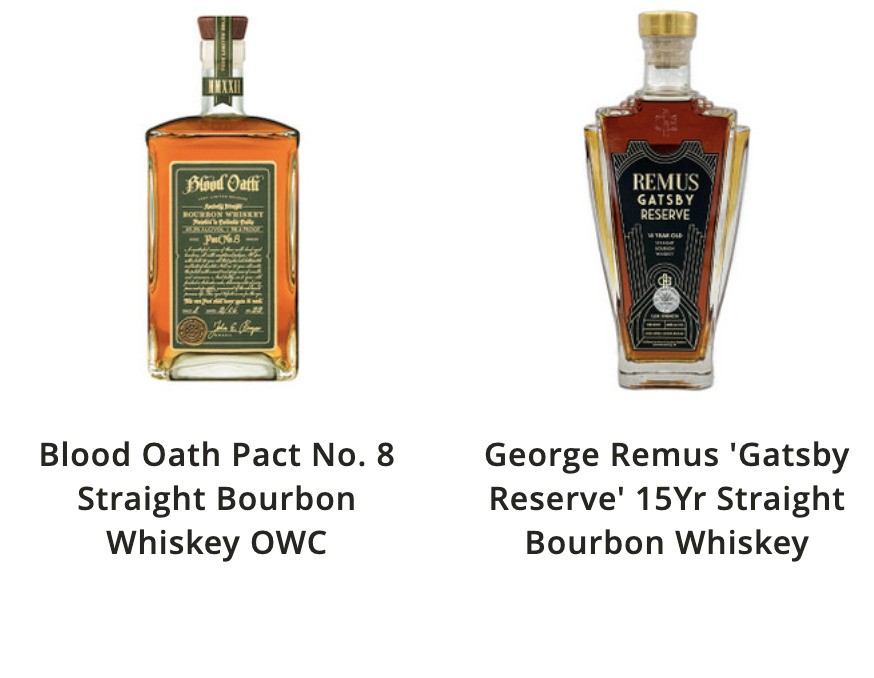
Is the corkscrew an English invention?
Around the 18th century, the English also had the credit of inventing the simple corkscrew, which will prove most useful when it comes to the conical stopper deeply embedded in the bottle. In France, there were many who protested that cork could spoil the wine, but, nevertheless, the corks, slightly conical and protruding, they will appear in the region of Champagne around 1665.
The Sorbonne and Champagne
A violent controversy broke out about Champagne wine, unleashed almost mutely at the Sorbonne. In 1652, a graduate in medicine he presented a thesis in which he stated that the best and most healthy wine from France was that of Baune. Forty years later, a Burgundian argued that the palm of health corresponded to the Burgundy wines, infinitely superior to Champagne wines, that disturbed the nerves and caused dangerous diseases like the drop In support of his thesis, he argued that it was no coincidence that Louis XIV’s doctor, Fagon, had eliminated him from the royal table, replacing it with Burgundy wines.

The Reims Faculty of Medicine published and supported a thesis that refuted the two preceding theses and launched the worst accusations against Burgundian wines. and with strategic insight, to find solid allies in the war against Burgundy, associated in his praise the production of other cantons of Champagne. Like Ay, Pierry, Versenay, Sillery, Hautvillers, Tassy, Montbré, Vinet and Saint-Thierry, whose wines, according to the University of Reims, had more body, more clarity, a sweeter aroma and greater duration than Burgundy wines.
The Burgundians in the wine war
The Burgundians, who had not started the war, they had to respond to the attack; but how it all started at the Faculty of Medicine in Paris, it had to be a doctor who settle the serious question of which were the healthiest wines: if those of Champagne or those of Burgundy. The Burgundians chose the Dr. Salins, of Beaune, who published in 1702 a thesis in favor of Burgundy, arguing that Burgundy was the favorite wine in the courts of England, Denmark, Germany and Italy.
In addition, the reputation of champagne was only due to the fact that the royal ministers Colbert and Le Tellier owned vineyards in that region and had started a campaign in favor of local wine to increase the value of their investments.
Champagne strikes back
On the other hand, Champagne wine lacked that virtue that ancients called “generosity,” and that it was weak, watery, without vigour, unable to withstand long transport, while wines from Beaune were prized at courts as far away as Poland and Venice.
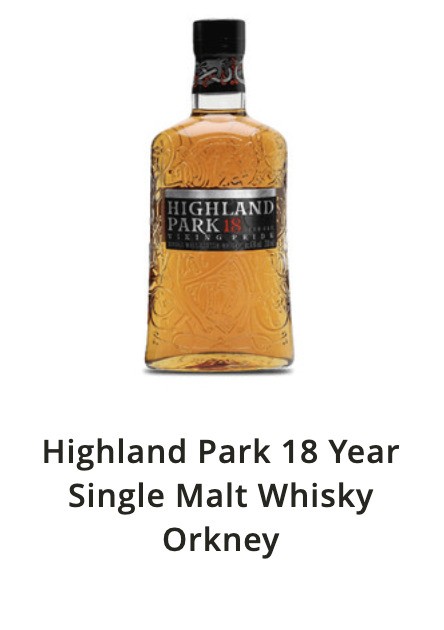
Five editions in four years attested to the wide recognition of this thesis. Given the circumstances, the author of the Reims thesis re-entered the fray and published a reply in which he denied that Colbert and Le Tellier had once owned vines in the region. AND that his fame goes back to the great lords of the court who accompanied Louis XIV to Reims for his coronation, which remained impressed by the quality of the local wine. Although the doctor of the king had forbidden him champagne, there was no doubt that his courtiers had not ceased to appreciate it; On the other hand, the courts Northerners bought more champagne than Burgundy, and new production techniques guaranteed its preservation even on trips to the other side of the world.
The war between wine and champagne arrives in Paris
At this point, the news of the lawsuit reached Paris, where the refined spirits did not expect anything else to unleash their insight and poetic or logical abilities. an ode was not missing Latina on champagne, by Cossin, which was awarded by the city of Reims with the shipment of a considerable quantity of wine. were such and so many Parisian contributions to the wine war that, in 1712,the editor Thiboust published a compilation of texts. But by then the subject had gone out of fashion, and the excitement of sensitive souls was carried away by fresh controversies.
During the eighteenth century other writings appeared for or against the salutary qualities of champagne, but they no longer aroused the interest of other times. To compensate, a war broke out between the winemakers of Auxerre and those of Joigny. But that’s another story.
Wine and Digestion in the 17th century
Until the 17th century, digestion was considered a “cooking” of food that, as such, required heat. Thus, spices and wine, which produced heat, were considered digestive. Only in the eighteenth century did the idea spread that digestion was actually a
Chemical process.
